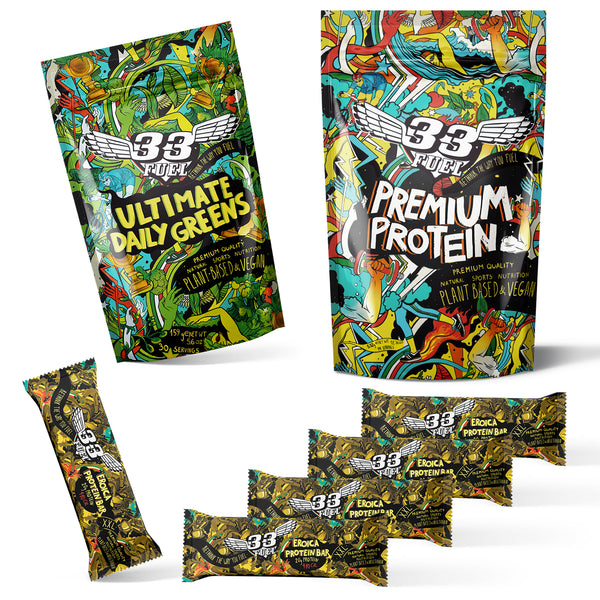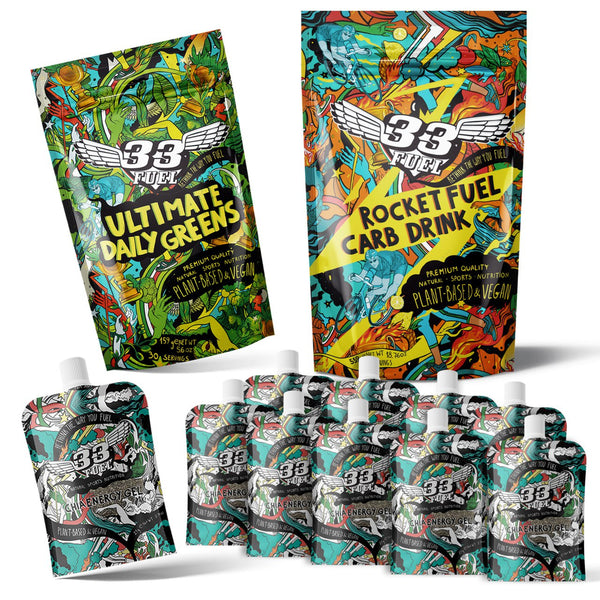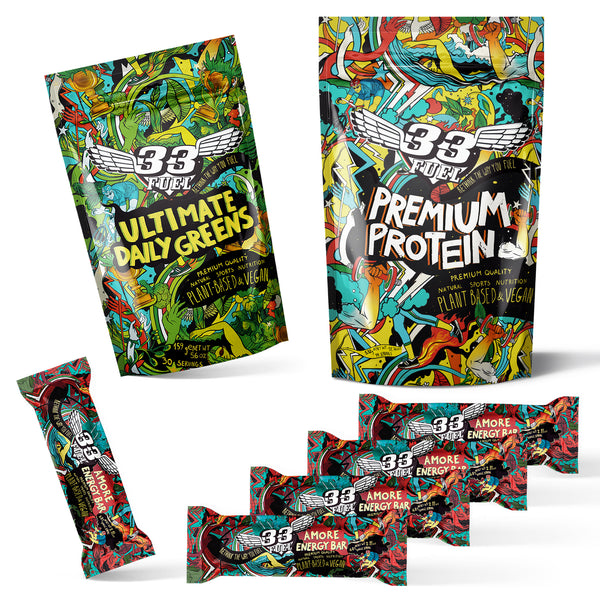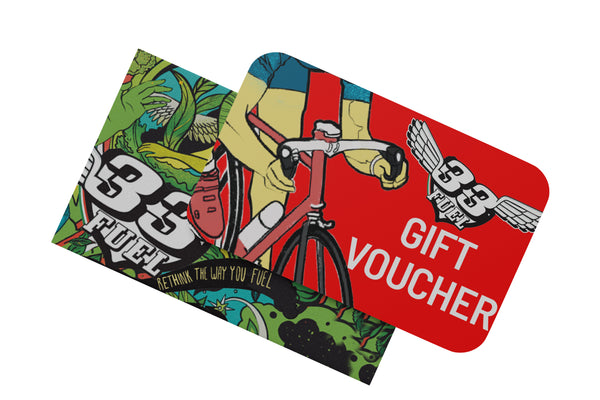How To Return To Training After Time Off
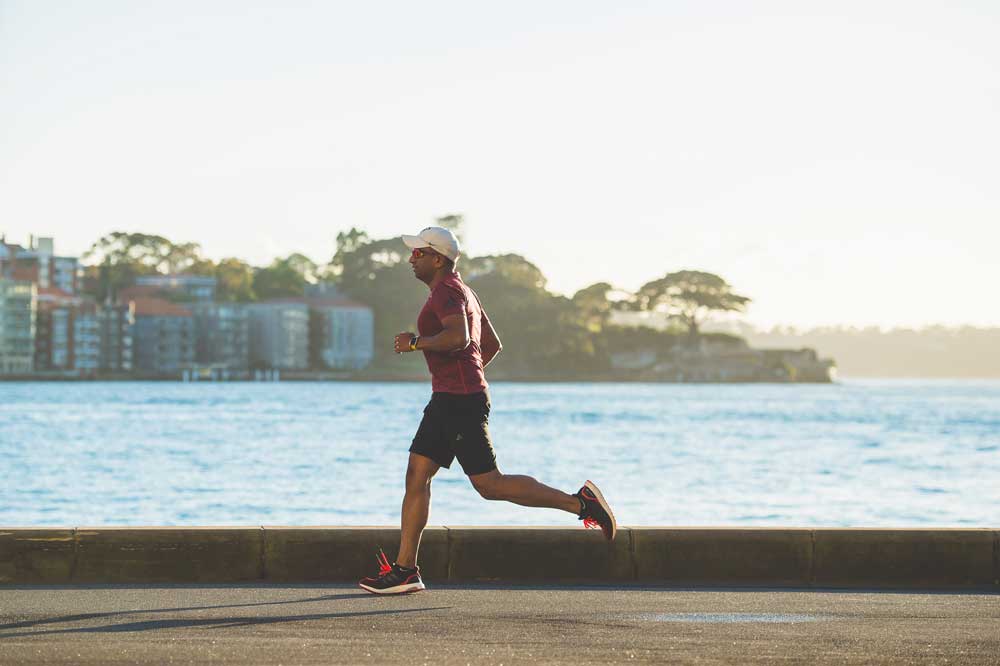
While lockdown has, for some, provided more time to train, it’s meant an opportunity to take the foot off the gas for others. Time off is beneficial, but at some point you’ll want to get back on the horse. It can seem daunting but it needn’t be – we hope this advice helps you make a seamless return to training
Shop our award-winning sports nutrition
#1. Keep intensity low
This is probably the best place to start and might go without saying, but it’s crucial to ensure you keep training intensity in check when you first make a return to regular exercise. There are many reasons but the three key ones are:
- Avoid injury. Kicking things off too hard after time off is a great way to encourage injury
- Sustainability. You’re looking to make a consistent return to training. Low intensity breeds consistency and a sustainable rhythm
- Motivation. Even though your mojo might be high when you return to training, it’ll drain quickly is the intensity is too high. You’ll fail sessions and lose motivation
Psychologically, it can be hard to keep things easy when you’re eager to get going, but it’ll pay off in the long run, trust me. That brings us onto number two…
#2. Be patient
Patience is a huge ally when rebuilding fitness. I speak from personal experience that it feels daunting and the temptation to push in the early days to ‘make up ground’ is huge.
Be patient in your return – it’ll pay dividends in the long run. Going too hard too soon could compromise immune function. You can counter this with just one daily spoonful of nutrient dense Ultimate Daily Greens
Particularly considering there’s very few events on the horizon – and unlikely any for most until 2021 – there’s no rush. We’ve never been presented with a better opportunity to build slow and steady and craft a solid base.
#3. Set goals
Goals are crucial for motivation and, despite only making the early forays into training consistently again, there’s nothing wrong with setting goals. Go huge and set wild ones or go conservative. Whatever you choose, if it’s a long way off ensure you have some intermediary targets to a). provide short-term motivation and b). check your training is on track.
How to nail your goal setting
When you’re pondering goals, make sure you use the SMART acronym – you’ll be more likely to succeed:
- S – specific. It needs to be quantifiable. Not an airy-fairy, unquantifiable goal or something that’s too broad. Rather than ‘to be a more valued employee at work’, consider ‘get a promotion January 2021’
- M – measurable. You need to be able to measure the goal so you know whether you’ve reach it or not. Rather than ‘to lose weight’ or ‘run faster’, go for ‘to lose 2kg’ or ‘to run a 10km 3-minutes faster’
- A – achievable. Make sure your goal is within reach. You want to stretch yourself, but don’t over-stretch yourself. A goal you know deep down you can reach is much more motivating than one which you’ll simply never attain.
- R – realistic. Like being achievable, be realistic with your targets. Consider your life’s commitments and ponder, realistically, how much time and effort you can put into reaching it.
- T – time-based. Put a deadline by when you want to achieve this goal. Stating ‘I want to be run a sub-3 hour marathon’ is open ended. When are you going to do it? ‘I want to run a sub-3 hour marathon by the end of 2020’. Now we’re talking!

The first step to achieving your goals: BEGIN
#4. Pressure off - don’t expect too much
While some have managed to actually increase their training load during lockdown, the general trend shows most have done less exercise. That’s fine - hopefully you’ve enjoyed the time off.
When you do feel ready to return to training, please don’t expect too much from yourself. You wouldn’t return to training after a couple of month’s off-season and expect to hit the same numbers – pace, power or heart rate – as before.
Take it slow and ease back into it, pressure off. You don’t want to dig yourself into the hole of overtraining.
#5. Get bendy
Flexibility is causally linked to reduced injury occurrence. Considering injury rate increases amongst those returning to sport after time off (and training too hard, too early), you might want to thing about stretching more to boost flexibility to ward off injury.

What on earth…?! We’re not suggesting you need to be THIS bendy, but increasing your range of motion through regular stretching will reduce likelihood of injury and boost performance
Besides the injury-reducing effects, being flexible is beneficial to nearly every sport. Mobility, range of motion and muscle economy all improve, particularly in endurance sports, so have an eye on the long game and stretch on a regular basis.
#6. Remember how great you feel
Making a comeback is tough and your motivation will certainly wane. One of the most effective ways to combat this temporary loss of mojo is to let your mind wander back to how great you felt when you were last in a brilliant consistent rhythm of training.
- Remember how great it felt to be in shape
- Remember how great it felt to be exercising with others
- Remember how amazing you felt crossing that finish line
- Remember how proud your family were of you for sticking it out
Relish in past achievements and use them as fuel to get you through sticky patches when you don’t feel like getting out there.
#7. Schedule it into your diary

Scheduling your training into a diary provides accountability
Everyone has a hectic schedule and the best way to ensure sessions get done is to plan your training. Don’t plan too far ahead, just take it on a weekly basis. On a Sunday evening, sit down and ponder your week’s commitments and items around which you can fit training.
Be realistic about what you can fit in and err on the side of less. If you find that by Thursday you can add an extra session in, that’s great. Better to do that then set yourself a demanding schedule that leaves your stressed trying to complete.
#8. Get strong
Don’t neglect strength training as you make a return to training. It’s easy to jump straight back to the trails or onto the bike but remember that being strong is all part of the foundation-building. Being strong not only reduces injury occurrence but also performance at almost any discipline and distance from a 5km run to Ironman triathlon.

This little guy has it spot on. Being strong means you’ll boost athletic performance and reduce your chance of getting injured
It’s also low-impact, enjoyable and can be done anywhere. You don’t have to go to the gym – there’s a wealth of exercises you can complete at home with nothing more than a step and a can of baked beans!
#9. Stay safe
While – for now – peak Covid-19 rates appear to be behind us, it’s not the time to be totally slack about social distancing, hygiene and the application of cautious measures.
It may be tempting to try and get a whole heap of mates together, but by keeping numbers low you’ll enjoy closer-knit relationships while doing your bit to reduce transmission rate.
#10. Give yourself longer to recover
As you get fitter and are able to undertake a greater training load, the time needed to recover from sessions decreases. Thus, the opposite happens when you’re detrained – you need longer to recover.

Good nutrition is a key part of the recovery puzzle
As you return to training, give your body full opportunity to recover from each session. You’ll spring back much quicker if you’re allowed to absorb every session rather than diving back into how long it used to take you to recover.
Recovery is multi-faceted; it’s not just about sitting with your feet up. Although physical rest is a large part of it, if you really want to nail it you’ll need to pay attention to your nutrition, sleep, stress and other lifestyle factors.
#11. Buddy up
Hooking up with a training buddy is a massive step in the right direction when you resume training. Committing to someone else provides accountability and support – two huge factors when it’s a bit of a struggle to get back into the swing of regular exercise.
One thing I would say: choose your buddy wisely! If you want to hook up for weekly training sessions, don’t choose someone who’s considerably fitter than you – it’ll force you to train harder than you need and risk burn-out. Better to err on the side of caution and train with someone who’s not quite up to your pace, that way they’ll ensure you keep your easy training easy so you’re ready to go hard when you need.

Train with others. It’s motivating, fun and provides the accountability needed for when your mojo goes AWOL
#12. Cross train
Resuming exercise is a great time to experiment with different training methods and different activities. The consensus used to be that to become a better runner you must do nothing but run, run and run. To be a better cyclist meant hour upon hour in the saddle.
We know better now. Cross training – taking part in other exercises or activities – will help you:
- Keep your training fresh and interesting
- Reduce plateaus and stagnation
- Reduce injury occurrence
- Improve strength in a range of movement planes
So, whether you want to hit the gym, try a new sport or partake in a different activity to your main one, you’ll reap benefits.
How to return to training after time off – conclusion
To aid the adaptation process, feed your body with nature’s finest proteins, fats, carbs and superfoods as found in our Elite Meal Replacement Shakes
So much of this is common sense and, from my personal experience, much of it comes down to expectation.
- Drop any expectation of training at the level you did nine months ago.
- Drop any expectation to his certain paces or times.
- Drop any expectation of bodyweight or composition.
Just get out there for the enjoyment of being out there and the fitness will come in plenty of time for you to put it to the test at your next event.
More performance boosting content
From the Vlog – Conquer fears with ultrarunner and coach Kerry Sutton
From the Podcast – How to achieve sustainable weight loss
From the Blog
Goal setting – 7 ways to achieve big dreams
Recovery nutrition for endurance athletes
Post-workout nutrition golden rules




